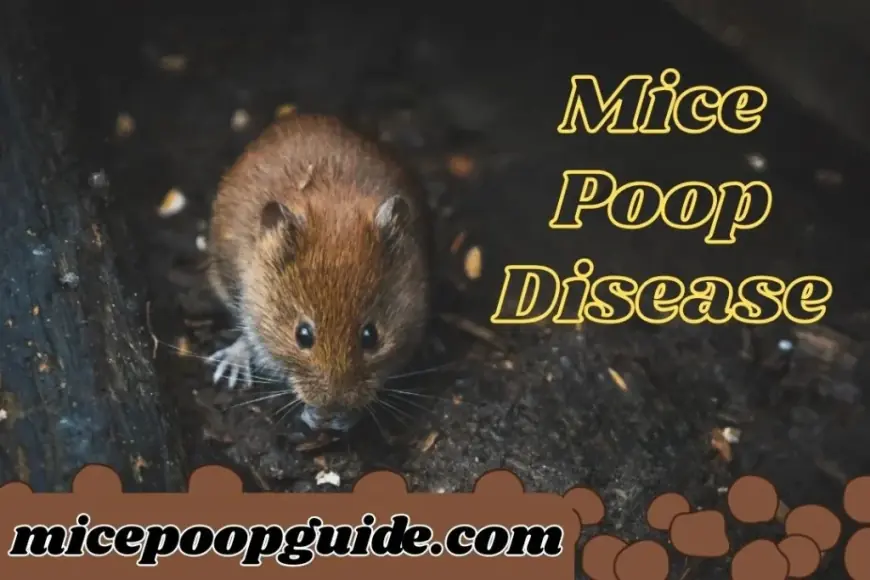Mice Poop Disease: Hidden Dangers in Your Home

Mice Poop Disease: Hidden Dangers in Your Home
When most people see a mouse in their home, they think of chewed wires, gnawed food packaging, or the general nuisance of a rodent infestation. What often goes unnoticed, however, is the hidden health hazard lurking in mouse droppings. Commonly referred to as “mice poop disease,” this phrase covers a group of illnesses that humans can contract through exposure to rodent feces.
Why Mice Droppings Are Dangerous
Mice leave behind small, pellet-like droppings as they travel in search of food and nesting materials. These droppings may seem harmless, but they are a direct source of dangerous bacteria and viruses. Once dried, tiny particles from mouse poop can become airborne, making it possible for humans to inhale them unknowingly. Contamination can also occur when food or surfaces come into contact with droppings and are later touched or consumed.
Diseases Linked to Mice Droppings
-
Hantavirus Pulmonary Syndrome (HPS)
One of the most serious risks associated with mouse droppings is hantavirus. Humans typically contract it by inhaling contaminated dust. Early symptoms include fatigue, fever, and muscle aches, but the illness can progress rapidly to breathing difficulties. HPS carries a high mortality rate, making prevention vital. -
Salmonellosis
Mice droppings can contaminate stored food with Salmonella bacteria. Ingesting this bacteria leads to salmonellosis, an illness that causes diarrhea, stomach cramps, fever, and nausea. Though many recover with rest and fluids, severe cases can require medical treatment, especially in children and older adults. -
Leptospirosis
Caused by bacteria present in rodent urine and feces, leptospirosis spreads through water or soil. Symptoms range from fever and chills to more serious complications such as kidney or liver damage. It is especially risky in areas where flooding increases contact with contaminated water. -
Lymphocytic Choriomeningitis Virus (LCMV)
Carried by common house mice, LCMV spreads when droppings contaminate air or surfaces. While many cases present with flu-like symptoms, severe infections can lead to meningitis or neurological issues. Pregnant women are at particular risk, as the virus can affect unborn babies.
Identifying and Cleaning Mouse Droppings
Recognizing an infestation is the first step in protecting yourself. Droppings are usually dark, small, and scattered near food storage areas, cupboards, or along walls. You may also notice gnaw marks, shredded nesting material, or musky odors.
Cleaning mouse droppings must be done carefully. The CDC recommends ventilating the area first, then spraying droppings with disinfectant before wiping them with paper towels. Gloves and masks should always be worn, and waste must be sealed before disposal. Sweeping or vacuuming should be avoided, as it can spread contaminated dust.
Preventing Mice Infestations
Keeping mice out is the best protection against disease. Preventive measures include sealing entry holes, storing food in sealed containers, cleaning crumbs and spills promptly, and securing garbage bins. In the event of a larger infestation, professional pest control may be necessary to ensure complete removal.
Final Thoughts
Mice may be small, but the diseases spread through their droppings can have serious, even life-threatening consequences. From hantavirus to salmonella, the health risks highlight the importance of vigilance, proper hygiene, and preventive action. By addressing infestations quickly and handling droppings safely, households can significantly reduce their chances of contracting “mice poop disease.”
What's Your Reaction?
 Like
0
Like
0
 Dislike
0
Dislike
0
 Love
0
Love
0
 Funny
0
Funny
0
 Angry
0
Angry
0
 Sad
0
Sad
0
 Wow
0
Wow
0























































